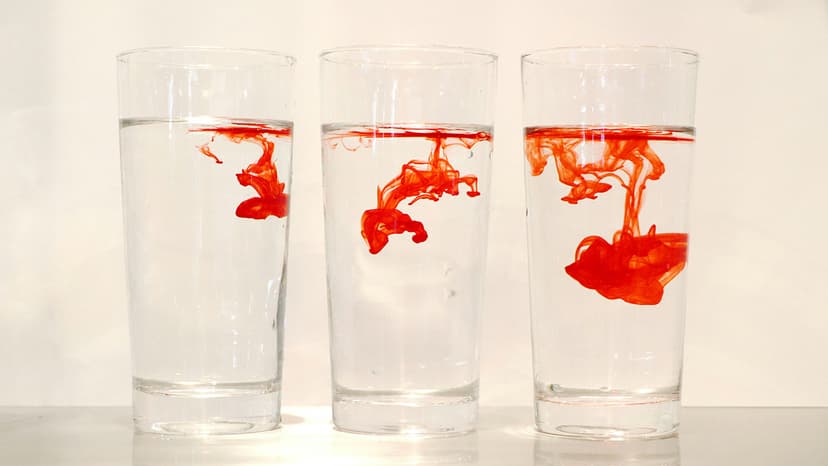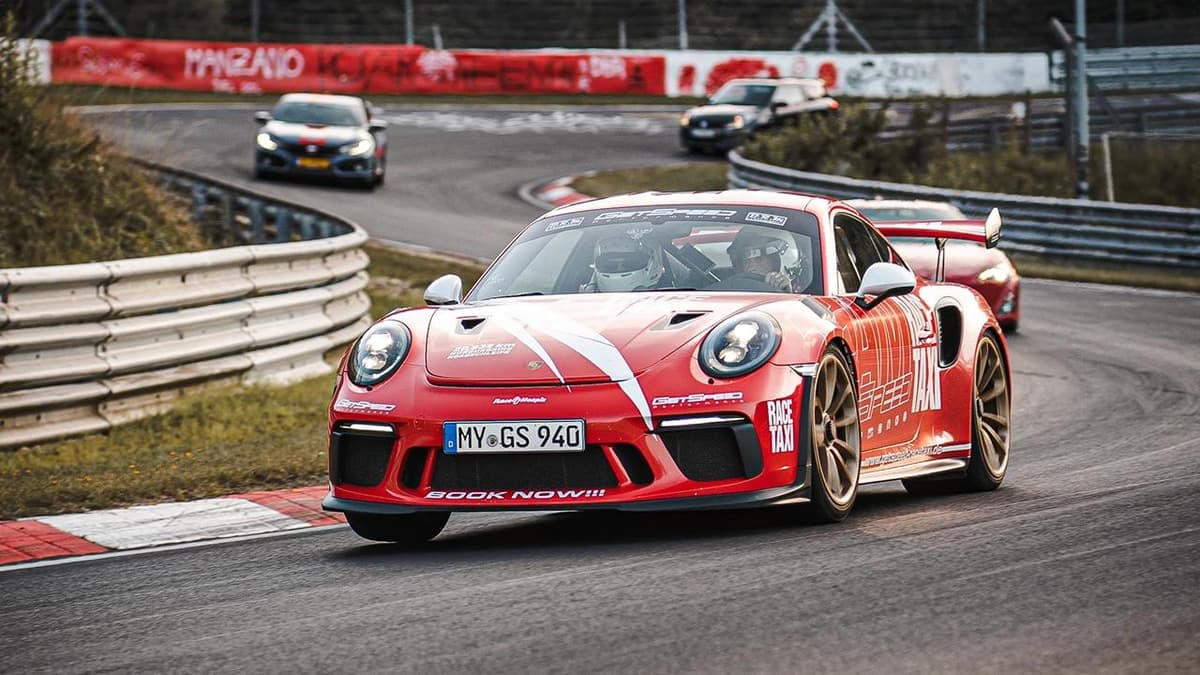What is a Microinfluencer?
Recognizing different types of influencers can be challenging in social media. One important term is "microinfluencer." This article explains what microinfluencers are and how they impact marketing strategies.
What are Microinfluencers?
Microinfluencers are social media users with a following between 1,000 and 100,000. Unlike celebrities or larger influencers, they have a smaller, more engaged audience. Their influence is strong due to their authenticity and the close relationships they build with their followers.
They are relatable individuals, often likened to neighbors who share the best local spots or trends. Their recommendations hold weight because of their genuine enthusiasm for their interests.
Characteristics of Microinfluencers
Microinfluencers share several important traits:
Authenticity
They appear more genuine compared to larger influencers. Their content feels real and relatable, avoiding an overly commercialized tone.
Expertise in a Niche
Many microinfluencers focus on specific areas such as fitness, beauty, travel, food, or gaming. Their specialized knowledge helps them become credible sources in their fields.
High Engagement Rates
Microinfluencers typically enjoy higher engagement rates than their more famous counterparts. Their followers are more likely to interact with their posts.
Strong Community Connection
They actively engage with their followers, responding to comments and messages. This interaction builds a sense of community and trust.
Why Do Brands Prefer Microinfluencers?
Brands increasingly recognize the advantages of working with microinfluencers. Here are some reasons:
Cost-Effective
Collaborating with microinfluencers is often more budget-friendly than partnering with larger influencers or celebrities. This approach is especially advantageous for small businesses.
Niche Targeting
Brands can reach specific demographics effectively. For example, a vegan food brand might partner with a microinfluencer who specializes in vegan recipes.
Authentic Promotion
Microinfluencers are viewed as trustworthy, making their product endorsements more impactful. Their followers tend to believe their recommendations due to their authenticity.
Better Engagement
Higher engagement rates indicate that an influencer's audience is more active and interested in the content shared. This can lead to improved conversion rates for brands.
Examples of Successful Microinfluencer Campaigns
Notable brands use microinfluencers effectively. For instance, Nike collaborates with athletes and fitness enthusiasts who have meaningful but smaller followings.
Daniel Wellington gained popularity by sending its products to microinfluencers worldwide. This strategy significantly increased their brand visibility and established a loyal customer base.
How to Become a Microinfluencer
If you want to become a microinfluencer, consider these steps:
Find Your Niche
Focus on what you are passionate about, whether it be cooking, fashion, technology, or another area. Your enthusiasm will enhance your content.
Be Authentic
Stay true to yourself and your values. Authenticity is crucial for building trust with your audience.
Engage Regularly
Respond to comments and messages to create strong connections with your followers.
Post Consistently
Regular posts keep your audience engaged. A steady flow of content helps maintain interest and grow your following.
Collaborate
Partner with other influencers or brands that align with your niche. Collaboration can expand your reach and introduce you to new audiences.
Microinfluencers play a vital role in the social media landscape. Their authenticity, niche expertise, and strong connections make them valuable assets for brands seeking genuine consumer engagement.












